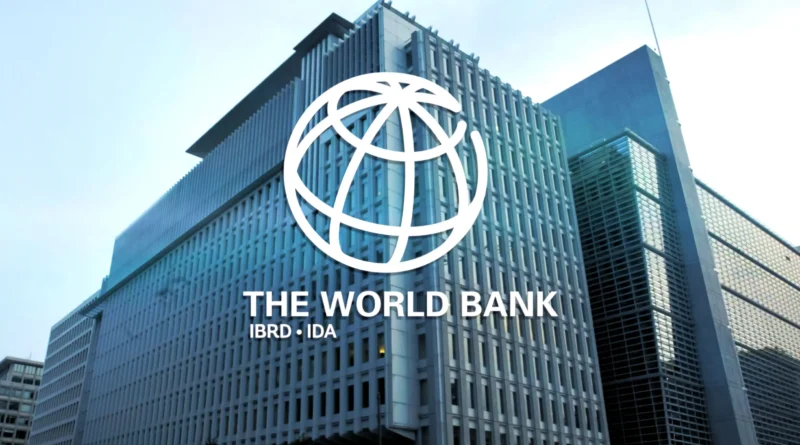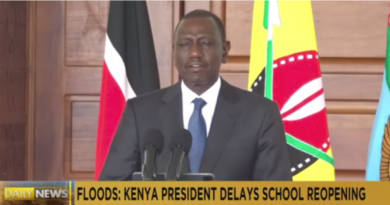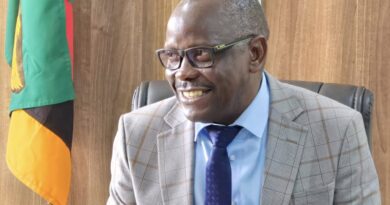Zambia and World Bank Sign Agreement to Reduce Carbon Emissions in Eastern Province
The Government of the Republic of Zambia has signed an Emission Reductions Purchase Agreement (ERPA) with the World Bank’s BioCarbon Fund Initiative for Sustainable Forest Landscapes (ISFL) towards sustainable environmental practices.
This agreement promises to bring up to $30 million in results-based payments to communities in Zambia’s Eastern Province for their efforts in forest conservation, climate-smart agriculture, fuel-efficient cookstoves, and sustainable charcoal production.
The ERPA aims to reduce approximately three million metric tons of CO2 equivalent emissions between 2024 and 2029, taking an integrated approach to mitigation across the Eastern Province landscape.
This initiative is designed to not only cut emissions but also to enhance the resilience of local communities to climate change-related shocks. Zambia is the second country to sign an ERPA with the ISFL Programme, following Ethiopia’s lead last year.
“This ERPA marks an exciting time for Zambia,” said Collins Nzovu, Minister of Green Economy and Environment. “Our communities have joined together to improve our environment, adopting better practices in homes and on the land, and now we will begin to reap additional economic benefits from that hard work.”
The emission reduction programme builds on the successes of the Zambia Integrated Forest Landscape Project (ZIFL-P), which is co-financed by grants from ISFL and the Global Environment Facility (GEF), and a loan from the International Development Association (IDA).
The project has already seen significant achievements, including a 32% increase in crop yields through climate-smart agriculture, job creation in rural communities, and improved sustainable management of over 72,000 hectares of forest.
“With cycles of rain and drought becoming more unpredictable, learning new ways of farming has been extremely important to us,” said Chief Kapatamoyo of Kapatamoyo Chiefdom in the Chipata District. “The best part is we have had stronger harvests which allows us to feed our families and better support our community.”
Payments from the ERPA will provide substantial additional funding to rural communities engaged in these activities, as greenhouse gas (GHG) emission reductions are measured, reported, and verified for results-based payments. A Benefit Sharing Plan, developed with local actors and communities, will ensure all participating stakeholders are rewarded for their role in reducing emissions.
“This emission reductions programme demonstrates that climate mitigation and socioeconomic development can be simultaneously achieved through an innovative landscape approach,” said Achim Fock, World Bank Country Manager for Zambia. “The Eastern Province has shown that this approach can be scaled up to more beneficiaries in other parts of the country.”
In addition to the results-based payments, the programme includes further grant funding to continue activities initiated under the ZIFL-P. This includes $4 million from ISFL donors to support community forestry management, £6 million from the UK Government to expand climate-smart agriculture across Eastern Province, and $2 million from GEF to scale up sustainable landscape management.
This funding will support sustainable forestry, climate-smart agriculture, social inclusion, biodiversity conservation, and other activities contributing to further climate mitigation and adaptation in Eastern Province.
The BioCarbon Fund ISFL, a multilateral fund promoting and rewarding efforts to reduce GHG emissions from the land-use sector, is at the forefront of this initiative. Large-scale ISFL programmes in Colombia, Ethiopia, Indonesia, Mexico, and Zambia are pioneering sustainable land use practices and informing international policy.
The International Development Association (IDA) plays a critical role in the World Bank Group’s mission to end poverty on a livable planet, providing concessional financing, knowledge, and advice to low-income countries. Since 1960, IDA has funded 115 countries with $533 billion, leveraging each donor dollar into nearly four dollars for development impact.



